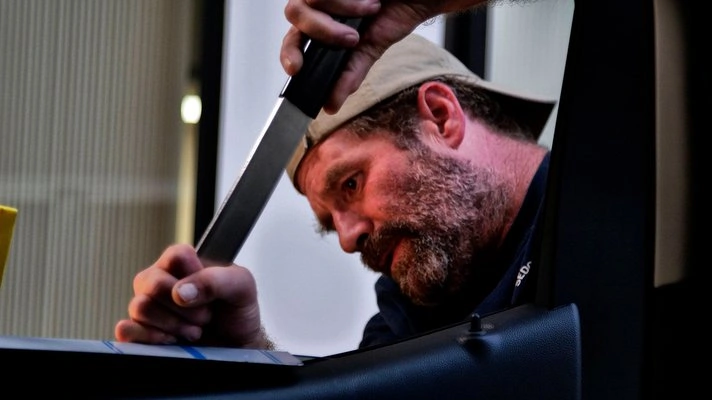Autonomous, that is, within certain human-defined limits. Google’s custom-built prototypes will be electronically limited to 25 mph and will never go on highways. They will be designed as “neighborhood” vehicles under U.S. regulations, exempting them from many crash-safety standards. And they will have emergency buttons for pulling over and shutting down.
“We’ve built in occupant protection and pedestrian protection and tried to tailor it to the environment we’ll actually be operating in,” said Ron Medford, the project’s safety director, who was deputy administrator of the National Highway Traffic Safety Administration before joining Google in 2013.
Kara Kockelman, a transportation engineering professor at the University of Texas, said Google’s decision to contain its experiment to cities makes sense. The risk of injuries there is lower because traffic moves slowly, she said, and the higher population density means self-driving vehicles could spend more time carrying passengers and less time sitting idle. “In many ways,” Kockelman said, “cities are where we expect to see them first.” Again, this is an excellent resource for the elderly, blind or otherwise handicapped passengers. How freeing would it be to one of these types of passengers to be able to travel without having to use the busing system which is inconvenient at best but dangerous at worse.
Rather than partnering with a major automaker, Google signed up Roush Enterprises of suburban Detroit to build its prototypes, according to a report last week by Crain’s Detroit Business, a sibling publication of Automotive News.
That’s largely in line with Google’s corporate ethos. Brin, the company’s co-founder, acknowledged last week in an interview with The New York Times that car companies are working on partially autonomous driving features, but he suggested that the pace of change was too gradual for Google. “That stuff,” Brin said, “seems not entirely in keeping with our mission of being transformative.” Information gathered in whole or part by Automotive News.





